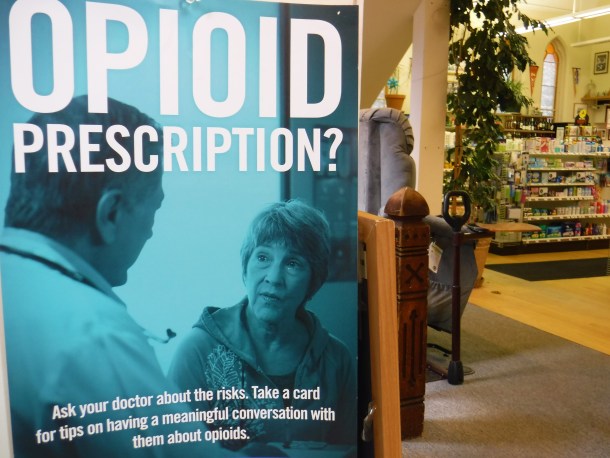
Opioid-related deaths in the state have decreased for the first time since 2014, although totals in Chittenden County, the capital region and southern Vermont remain high.
Overall drug fatalities dropped 15% from 130 in 2018 to 111 in 2019, the Health Department said Wednesday in an online report.
“Our strategies to meet this public health challenge are making a difference,” Health Commissioner Mark Levine said in a statement. “But even a single death tied to opioid use is too many.”
Fentanyl accounted for 86% of drug fatalities in 2019, up from 77% in 2018, although the number of Vermonters killed declined from 100 in 2018 to 95 last year.
Heroin deaths, having risen from 42 in 2017 to 69 in 2018, fell by nearly half to 37 in 2019.
In contrast, fatalities involving cocaine increased from 36% in 2018 to 43% in 2019 — surpassing those linked to heroin for the first time since 2010.
Overall, the numbers marked the first decline since former Gov. Peter Shumlin dedicated his entire 2014 State-of-the-State address to fighting opioid abuse.
“In every corner of our state, heroin and opiate drug addiction threatens us,” Shumlin said in a speech that made national news. “It requires all of us to take action before the quality of life that we cherish so much is compromised.”
Since then, the state has boosted rules surrounding prescriptions and access to treatment and recovery services, with more than 9,000 Vermonters now receiving help.
“Vermont has long been laying the groundwork in addressing opioid use disorder to reach this significant milestone,” Levine said.
But while half of the state’s 14 counties reported deaths either at zero or in the single digits, hotspots remain.
The state’s largest city of Burlington and surrounding Chittenden County, which recorded 17 deaths in 2015, reported the same number last year — although that was down from a high of 29 in 2017.
The smaller southern Vermont hub of Brattleboro and Windham County had just as many fatalities as Chittenden County last year. Worse, those 17 were nearly a ninefold increase from its 2 in 2015. (Neighboring Bennington, Rutland and Windsor counties also reported more than 10 deaths each.)

Centrally, the capital region and Washington County saw its annual totals rise since Shumlin’s speech from 1 to 11, while St. Johnsbury and Caledonia County found the same figures increase from 5 to 10.
“The opioid epidemic is one where it is difficult to celebrate progress because it remains a significant challenge that greatly impacts far too many Vermont families,” Gov. Phil Scott said Wednesday. “However, it is important to pause and recognize incremental gains so that we continue to move in the right direction.”
The Health Department, aiming to help people challenged by stress and shutdowns related to Covid-19, recently launched a VTHelplink website and call center to provide free, confidential information about prevention, treatment and recovery services.
“We are all adapting to changes during the pandemic,” Levine said, “and substance use treatment is no exception.”
This story was updated to include data visualizations at 5:52 p.m.
